From Dress-Up to Everyday Fun: Makeup Tips for Kids!
Makeup has transcended its traditional role as an adult-only indulgence, making a vibrant entrance into the world of kids’ play. As parents and guardians explore ways to encourage creativity and self-expression, it’s important to approach the topic of makeup for kids cautiously and informatively. This article offers makeup tips for kids, emphasizing safety, creativity, and fun.
The Rise of Kids’ Makeup
In recent years, there has been a noticeable trend toward makeup products specifically designed for children. Brands are increasingly creating makeup lines that cater to younger users, focusing on skin-friendly ingredients and playful packaging. This shift is not merely about cosmetics but also about fostering creativity and self-expression in a safe environment.
Understanding the Appeal
Children are inherently imaginative and often enjoy role-playing and pretending. Makeup can enhance this imaginative play, allowing them to transform into characters, experiment with colors, and express different facets of their personality. For many kids, dressing up with makeup is akin to putting on a costume: it allows for exploration and creativity.
However, with this trend comes the need for responsible usage and education about age-appropriateness, safety, and hygiene.
Tips for Safe and Fun Makeup Play
1. Choose the Right Products
When selecting makeup for kids, safety should be the top priority. Here are some tips for choosing appropriate products:
-
Opt for Kid-Friendly Brands: Many brands produce makeup specifically formulated for children. Look for products free from harmful chemicals, non-toxic, hypoallergenic, and paraben-free.
-
Check Ingredients: Always read the ingredient list to avoid any potential allergens. Natural ingredients are generally safer and gentler on the skin.
-
Test for Sensitivity: Conduct a patch test by applying a small amount of product on a less sensitive area, such as the inside of the wrist, and monitor for any reactions.
2. Set Boundaries
Establishing guidelines around makeup play is essential to promote healthy habits. Here’s how to navigate this aspect:
-
Limit Applications: Set a designated time for makeup play, ensuring it doesn’t interfere with daily activities.
-
Define Suitable Occasions: Use makeup for specific events such as birthdays, Halloween, or themed parties, rather than daily use. This builds excitement and anticipation.
3. Focus on Creativity, Not Perfection
Encouraging creativity in makeup application can be fun and liberating. Here’s how you can foster this mindset:
-
Promote Experimentation: Encourage kids to mix colors and create their designs. Praise their creative efforts rather than the final outcome.
-
Make It a Group Activity: Organize makeup playdates where kids can express themselves together. This promotes social skills and teamwork.
4. Educate on Hygiene
Teaching children about hygiene in relation to makeup is critical. Here are some hygiene tips:
-
Clean Brushes and Tools: Ensure that all makeup tools, such as brushes and sponges, are cleaned regularly to prevent contamination.
-
Remove Makeup Properly: Educate kids about the importance of removing makeup after use. Use gentle, hypoallergenic removers and ensure they understand the need to wash their faces.
5. Rotate Products Regularly
Kids can often be attracted to bright colors and sparkly finishes. Here are tips for maintaining an exciting makeup kit:
-
Mix It Up: Regularly update the makeup collection with new colors and styles. This keeps the experience engaging and fresh.
-
Organize Kits: Involve your child in organizing their makeup kit. Use colorful containers and labels, allowing easy access to their favorite products.
Creative Makeup Ideas for Kids
With safety and hygiene covered, here are some fun makeup ideas for kids that range from simple to slightly more elaborate.
1. Glittery Fairy Look
Materials Needed:
- Non-toxic face glitter
- Light pink or lavender eyeshadow
- Clear lip gloss
Steps:
- Start with a light application of eyeshadow for a soft sheen.
- Gently apply a thin layer of clear lip gloss to the lips.
- Finish with the application of face glitter on the cheeks and forehead for that magical fairy glow.
2. Colorful Animal Face
Materials Needed:
- Non-toxic face paints
- Brushes
- Water for mixing
Steps:
- Choose an animal, such as a cat or butterfly.
- Use different colors to outline and fill in the features (like ears or wings).
- Add details such as whiskers or dots to enhance the look.
3. Creative Clown Makeup
Materials Needed:
- Face paint in multiple colors
- Non-toxic lip color
- Sponges for application
Steps:
- Use a bright base color for the face.
- Add colorful shapes (like stars or circles) on the cheeks and forehead.
- Complete the clown look with a bold lip color.
4. Superhero Transformation
Materials Needed:
- Face paints
- Eye shadow palette with bold colors
Steps:
- Choose a superhero as inspiration.
- Use face paint to create a mask design around the eyes.
- Use bold eyeshadows to add dramatic effects to the eyes and cheeks.
Makeup and Self-Esteem
Makeup can serve as a tool for building confidence. The act of applying makeup allows children to experiment with their identity and express their feelings in a tangible way. Here are ways makeup can positively impact self-esteem:
Encouraging Self-Expression
Letting a child choose colors and styles fosters decision-making skills and boosts their sense of autonomy. When kids have the freedom to express themselves, they often feel more confident about their choices.
Building Social Skills
Makeup can provide a unique avenue for social interactions. Whether at a makeup party or collaborating on a look with friends, children learn to communicate their ideas and collaborate, which are essential life skills.
Fostering Creativity
Makeup’s creative aspect helps children improve their artistic skills and develop their sense of aesthetics. When children can experiment and express themselves creatively, it encourages critical thinking and problem-solving skills.
Transitioning from Dress-Up to Everyday Fun
As kids grow, transitioning from occasional dress-up scenarios to casual, everyday makeup play can be exciting—yet it demands a new level of responsibility. Here are some tips for making this transition smoother:
1. Embrace Minimalism
Encourage the idea that less can be more. A light application of lip balm or a touch of blush can be youthful and fun without overwhelming their natural beauty.
2. Teach Skills
Use this transition period to teach essential makeup application skills. Kids can learn about blending, color coordination, and how to adapt styles for various occasions.
3. Discuss Social Norms
Help children understand the differences between costume makeup and everyday wear. Teaching them about appropriate makeup for different settings—school, parties, etc.—promotes awareness and maturity.
The Parent’s Role
As parents, you hold a pivotal role in your child’s introduction to makeup. Here are ways to be supportive while guiding their experiences:
Model Positive Behavior
Demonstrating healthy attitudes toward beauty and self-expression sets a positive groundwork for your child. Discuss your makeup choices and the underlying reasons behind them—whether it’s creativity or authenticity—while emphasizing that makeup should be fun rather than a necessity.
Encourage Conversations
Engage in dialogues about makeup, societal perceptions of beauty, and the importance of self-acceptance. Helping your child feel comfortable discussing their choices fosters understanding and maturity.
Stay Informed
Research the latest trends, products, and safety tips to stay equipped in supervising and guiding your child’s makeup experiences.
Conclusion
Makeup can be a powerful tool for self-expression, creativity, and social interaction among children when approached with care and understanding. By prioritizing safety, setting boundaries, and focusing on fun, parents can help children navigate this colorful world with confidence. As kids transition from dressing up for play to enjoying makeup in their everyday lives, fostering a healthy relationship with beauty and self-expression is essential. Equip them with the knowledge and skills to appreciate their individuality, ensuring their experiences with makeup are positive and memorable.
Footnotes
[modern_footnote_source]This comprehensive guide serves as a starting point for parents navigating the world of kids’ makeup and encourages a safe, enjoyable exploration of creativity for children. Enjoy the process, and let your child’s imagination shine!





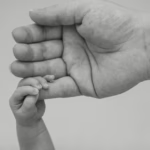









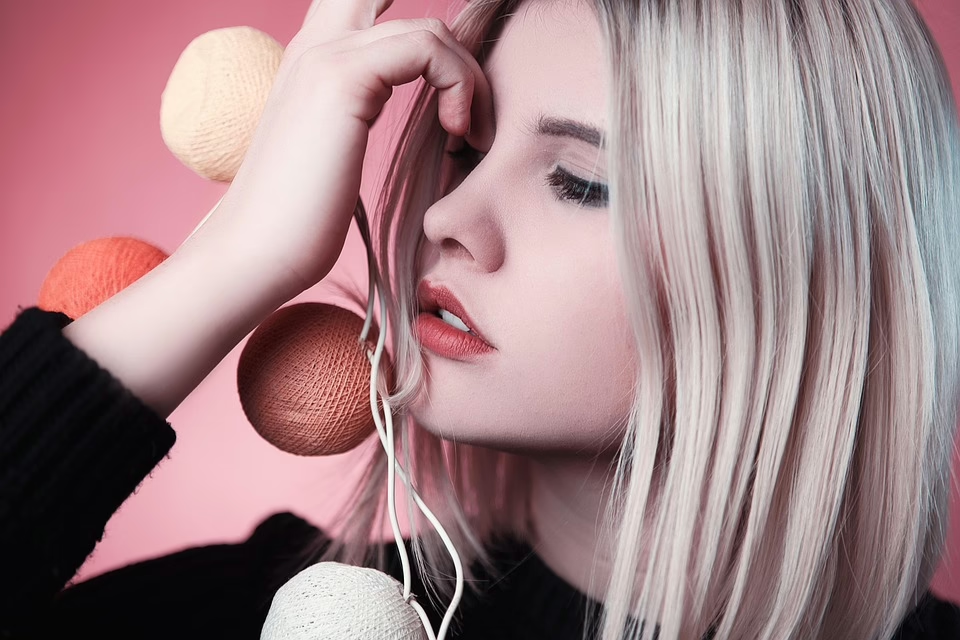
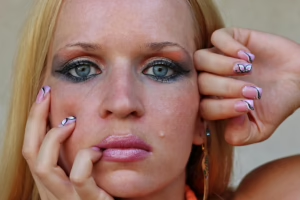
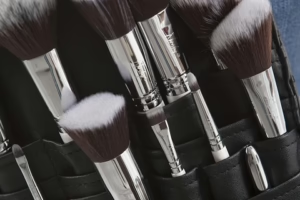
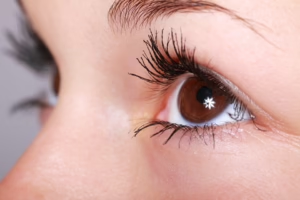

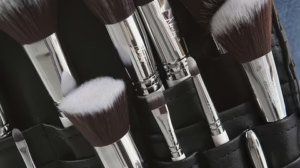
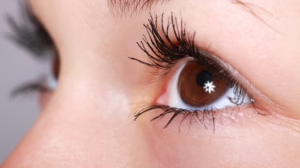




Add Comment